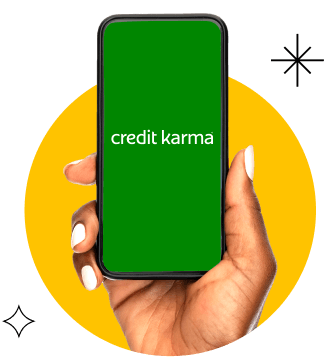In a Nutshell
The snowball method is a debt-repayment strategy that focuses on paying off your smallest balances first.The snowball method is a common debt repayment strategy.
This method focuses on paying down your smallest debt balance before moving onto larger ones. The snowball method is all about building momentum as you pay off debt. It may be a good solution to better manage your finances over time.
But before you adopt this approach, here’s what you need to know about the debt snowball method.
- What is the debt snowball method?
- How should you use the debt snowball method?
- Advantages of the debt snowball method
- Disadvantages of the debt snowball method
What is the debt snowball method?
The debt snowball method was originally made popular by personal finance expert Dave Ramsey. This debt-repayment method (which excludes your mortgage) focuses on paying off your smallest debt balances first while making minimum payments on all other debts.
Once a balance is paid off, you take the funds you had previously allocated to your smallest debt and put them toward the next-smallest balance, essentially building, or “snowballing,” your repayment toward the next balance. This cycle repeats until all of your debt is repaid.
Each balance payoff is a win. It’s a debt-repayment method that may not save you money on interest but could be a great motivator to keep paying off your debt.
Learn more about how to get out of debt in 5 simple steps.
How should you use the debt snowball method?
The snowball method can be broken down into four simple steps.
Step 1
Create a list of all of your debts, excluding your mortgage. Sort the debts in order from smallest to largest balance.
Step 2
Each month, pay the minimum amount on each balance, except the smallest one — put as much cash as you can toward that one. You’ll want to review your budget and figure out how much money you can put toward your smallest balance without jeopardizing the rest of your finances.
Learn more about creating and sticking to a budget with our comprehensive guide to budgeting.
Step 3
After you’ve paid off the smallest balance, roll the extra money you were using for that balance into the monthly payment for the next-smallest balance. Of course, you have to continue making the minimum payments on all other debts.
Step 4
Repeat this process until you’re debt-free.
Advantages of the debt snowball method
The primary advantage of the snowball method is the psychological boost.
When you see debts disappearing, it can increase your motivation to continue paying off debt. And even if you’ve only paid off a small balance, your confidence in the progress you’re making grows.
This strategy may also help you get a better handle on your finances overall — and your stress. By allowing you to focus on one debt balance at a time, the snowball method eliminates worry about how to tackle all of your debt at once.
Disadvantages of the debt snowball method
The biggest disadvantage of the snowball method is the potential for paying more money in interest over time than if you used another debt-repayment method. Since the debt snowball method focuses on the smallest debt balances rather than the balance with the highest interest, your costliest debt may get paid off last.
If you’re worried about wasting money on interest, take an inventory of your credit card APRs and loan interest rates. If you find that the snowball method may cost you too much money in the long run, this strategy may not be the best fit for your debt-repayment needs. Instead, consider the avalanche method — which focuses on paying your highest-interest balances first.
What’s next
The debt snowball method is just one approach to becoming debt-free. If you’re ready to pay off your debt, the best thing you can do is sit down, identify the right debt repayment strategy for you and make a plan. You might consider using a debt repayment calculator, which can be an effective tool to help you better manage your finances.




